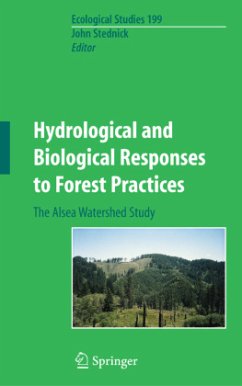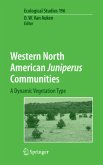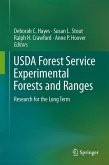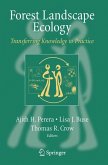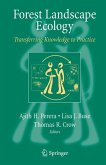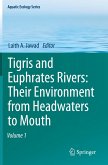The camaraderie of George Ice and Ben Stout (NCASI) in particular made for an enjoyable leave and I want to acknowledge the late Hank Froehlich and Jim Kiser (OSU) for our discussions on what does it all mean. My plan was to finish this book at OSU, but that opportunity was not presented. Nonetheless, the book took longer to complete than I originally thought. The interest by other investigators and new support prompted me to not let the perfect be the enemy of the good. It was my final decisions that went to press, thus, any errors or omissions are my responsibility not authors or reviewers.
This book does not completely cover all the lessons learned. Even with the conveniences of modern science, data loggers fail, water level floats leak, and water quality samples disappear between the field and the lab. Those are the lessons that have to be experienced to be learned, or shared over a beer. This compilation may not recognize all the people who contributed to efforts in the Alsea watersheds but any oversight on my part was not intended.
A note of appreciation goes to James D. Hall at OSU for his willingness to check the details and find the nits, especially in the references. It was special to have one of the original investigators be part of this effort. Thanks to C.A. Troendle for our continued discussions on forest hydrology. Thanks to my family, especially Susan.
The Alsea Logging and Aquatic Resources Study, commissioned by the Oregon Legislature in 1959, marked the beginning of four decades of research in the Pacific Northwest devoted to understanding the impacts of forest practices on water quality, water quantity, aquatic habitat, and aquatic organism popu- tions. While earlier watershed research examined changes in runoff and erosion from various land uses, this study was the first watershed experiment to focus so heavily on aquatic habitat and organism response to forest practices. The Alsea Watershed Study, as it came to be known, extended over 15 years with seven years of pretreatment calibration measurements, a year of treatment, and seven years of post-treatment monitoring. The research was a cooperative effort with scientists from Oregon State University, Oregon Department of Fish and Wildlife, the U.S. Geological Survey, and the U.S. Environmental Protection Agency. Cooperating landowners included the Georgia-Pacific Corporation, the U.S. Forest Service, and a local rancher. It was a remarkable 15-year partnership marked by excellent cooperation among the participants and outstanding coordination among the scientists, many of whom participated actively for the entire period.
This book does not completely cover all the lessons learned. Even with the conveniences of modern science, data loggers fail, water level floats leak, and water quality samples disappear between the field and the lab. Those are the lessons that have to be experienced to be learned, or shared over a beer. This compilation may not recognize all the people who contributed to efforts in the Alsea watersheds but any oversight on my part was not intended.
A note of appreciation goes to James D. Hall at OSU for his willingness to check the details and find the nits, especially in the references. It was special to have one of the original investigators be part of this effort. Thanks to C.A. Troendle for our continued discussions on forest hydrology. Thanks to my family, especially Susan.
The Alsea Logging and Aquatic Resources Study, commissioned by the Oregon Legislature in 1959, marked the beginning of four decades of research in the Pacific Northwest devoted to understanding the impacts of forest practices on water quality, water quantity, aquatic habitat, and aquatic organism popu- tions. While earlier watershed research examined changes in runoff and erosion from various land uses, this study was the first watershed experiment to focus so heavily on aquatic habitat and organism response to forest practices. The Alsea Watershed Study, as it came to be known, extended over 15 years with seven years of pretreatment calibration measurements, a year of treatment, and seven years of post-treatment monitoring. The research was a cooperative effort with scientists from Oregon State University, Oregon Department of Fish and Wildlife, the U.S. Geological Survey, and the U.S. Environmental Protection Agency. Cooperating landowners included the Georgia-Pacific Corporation, the U.S. Forest Service, and a local rancher. It was a remarkable 15-year partnership marked by excellent cooperation among the participants and outstanding coordination among the scientists, many of whom participated actively for the entire period.
From the reviews: "This work, volume 199 in the 'Ecological Studies' series, includes 15 years of research, 20 years of monitoring data, and a research renewal focusing on the Alsea watershed habitat and organism responses to four decades of forest practices. ... Chapters contain graphs, figures, and tables to emphasize and illustrate important concepts. Suitable for soil scientists, biologists (wildlife, fishery), limnologists, foresters, hydrologists, conservationists, and professionals involved with forestland use policy and problems. Summing Up: Recommended. Upper-division undergraduate through professional collections." (S. G. Shetron, CHOICE, Vol. 45 (11), 2008)

